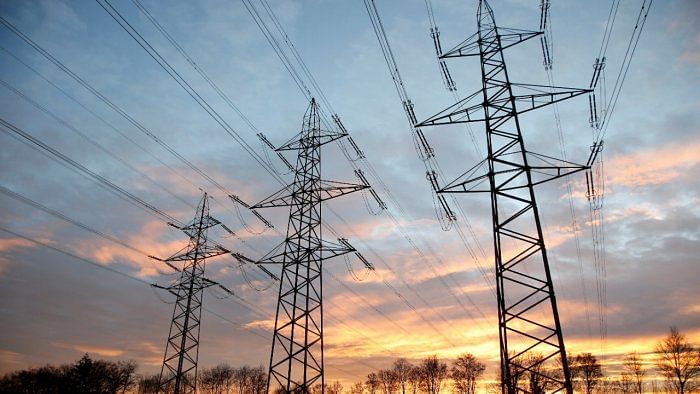
India is likely to see the world's biggest rise in energy demand this decade, with demand climbing 3 per cent annually due to urbanisation and industrialisation, the International Energy Agency (IEA) said in its World Energy Outlook released on Thursday.
While the push for renewable energy will see it meeting as much as 60 per cent of the growth in demand for power, coal will continue to meet a third of overall energy demand by 2030 and another quarter will be met by oil.
"India becomes the world's most populous country by 2025 and, combined with the twin forces of urbanisation and industrialisation, this underpins rapid growth in energy demand, which rises by more than 3 per cent per year in the Stated Policies Scenario (STEPS) from 2021 to 2030," IEA said. "It sees the largest increase in energy demand of any country."
Even though India continues to make great strides with renewables deployment and efficiency policies, the sheer scale of its development means that the combined import bill for fossil fuels doubles over the next two decades, with oil by far the largest component.
"This points to continued risks to energy security," IEA said.
IEA said the world is in the midst of the first global energy crisis, triggered by Russia's invasion of Ukraine.
"Pressures in markets predated Russia's invasion of Ukraine, but Russia's actions have turned a rapid economic recovery from the pandemic -- which strained all manner of global supply chains, including energy -- into full-blown energy turmoil," it said.
Russia has been by far the world's largest exporter of fossil fuels, but its curtailments of natural gas supply to Europe and European sanctions on imports of oil and coal from Russia are severing one of the main arteries of global energy trade. All fuels are affected, but gas markets are the epicentre as Russia seeks leverage by exposing consumers to higher energy bills and supply shortages.
In India, coal meets a third of growth with demand rising above 770 million tonnes of coal equivalent (Mtce) by 2030, and continuing thereafter before peaking in the early 2030s.
Oil demand meets a further quarter of the energy demand growth and rises to nearly 7 million barrels per day by 2030 from 4.7 million bpd in 2021.
Coal generation is projected to continue to expand in absolute terms, peaking around 2030, though its share of electricity generation falls from just below 75 per cent to 55 per cent over this period.
Renewables meet more than 60 per cent of the growth in demand for power, and account for 35 per cent of the electricity mix by 2030 -- solar PV alone accounts for more than 15 per cent.
"However, coal still meets a third of overall energy demand growth by 2030, and oil, mainly for transport, another quarter," IEA said.
In the Announced Pledges Scenario (APS), more rapid progress in deploying low-emission alternatives in power, industry and transport sectors in particular puts India on a trajectory in line with its goal of net zero emissions by 2070.
IEA projected India's oil demand to rise from 4.7 million barrels per day (bpd) in 2021 to 6.7 million bpd by 2030 and 7.4 million bpd by 2040 in STEPS. Under APS, the demand is projected to rise to 5.9 million bpd in 2030 before falling to 5.4 million bpd in 2040 and further to 3.9 million bpd in 2050.
However, oil imports double between 2021 and 2050 because of limited local resources.
Natural gas demand reaches 115 billion cubic meters (bcm) by 2030 from 66 bcm in 2021. "Most of the growth comes from manufacturing and other industry, helped by the expansion of city gas distribution networks," it said.
Gas satisfies less than 5 per cent of the increase in total power generation, but this is enough to raise demand by 10 bcm.
"The government recently announced a doubling of its licence area for oil and gas exploration; however, this is unlikely to contribute significant volumes in this decade," IEA said, adding that gas imports double to reach nearly 70 bcm by 2030 before growth moderating to reach 90 bcm by 2050.
Coal demand rises by 25 per cent to 2030. "Strong economic growth -- the economy expands 90 per cent between 2021 and 2030 -- brings with it more demand for coal-fired power generation and in the use of coal to produce iron and steel and cement."
Coal-fired power capacity increases from 240 GW in 2021 to 275 GW in 2030.
India became the world's second-largest coal producer in 2021 (in energy terms), overtaking Australia and Indonesia, and it plans to increase domestic production by more than 100 Mtce from current levels to 2025.
Coal supply increases from about 450 Mtce in 2021 to 550 Mtce in 2030 in the STEPS and just over 500 Mtce in the APS, IEA said.